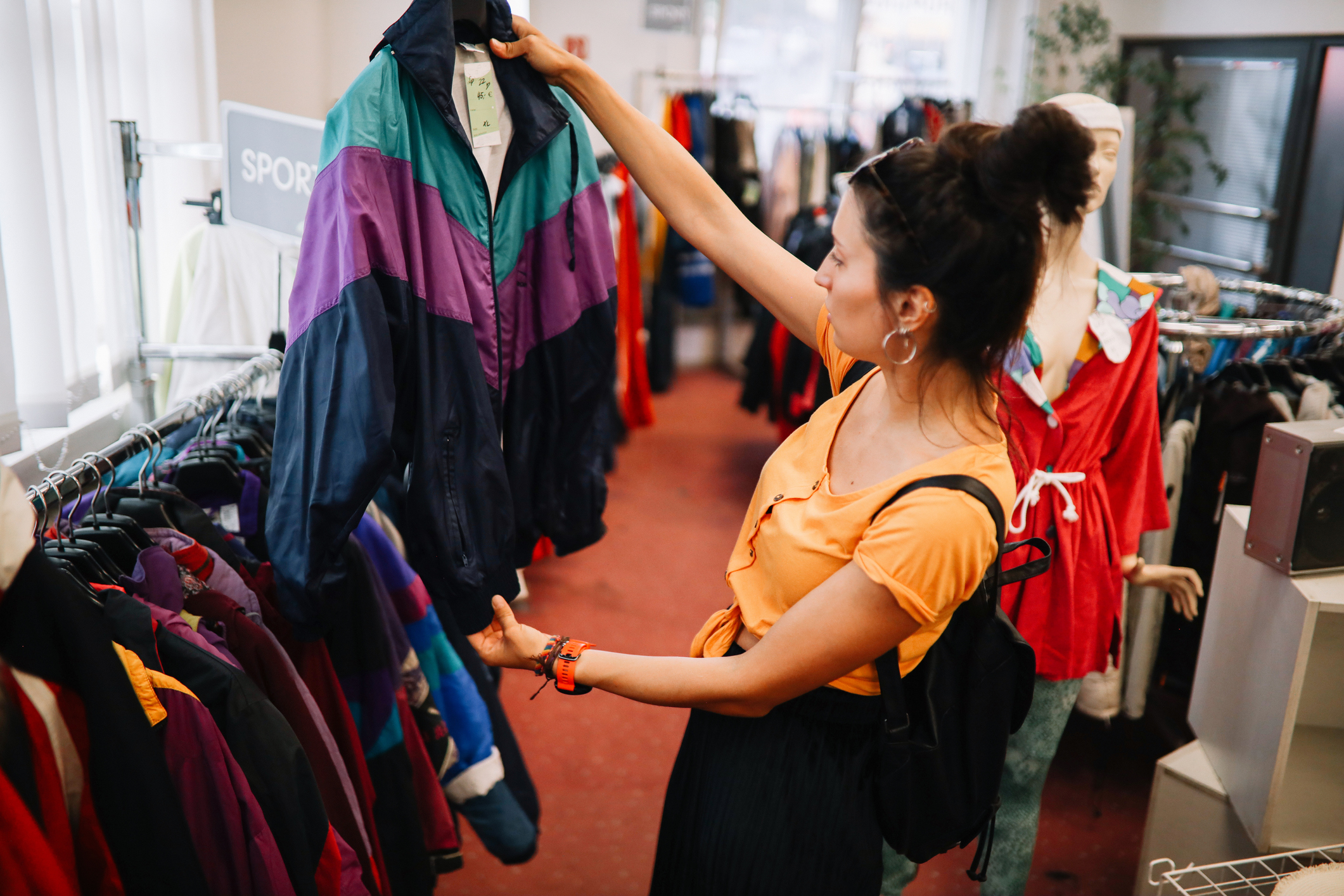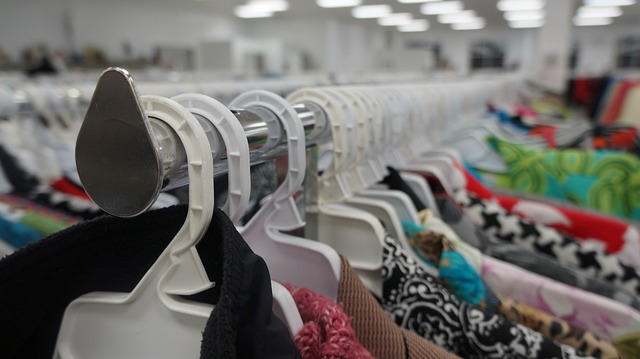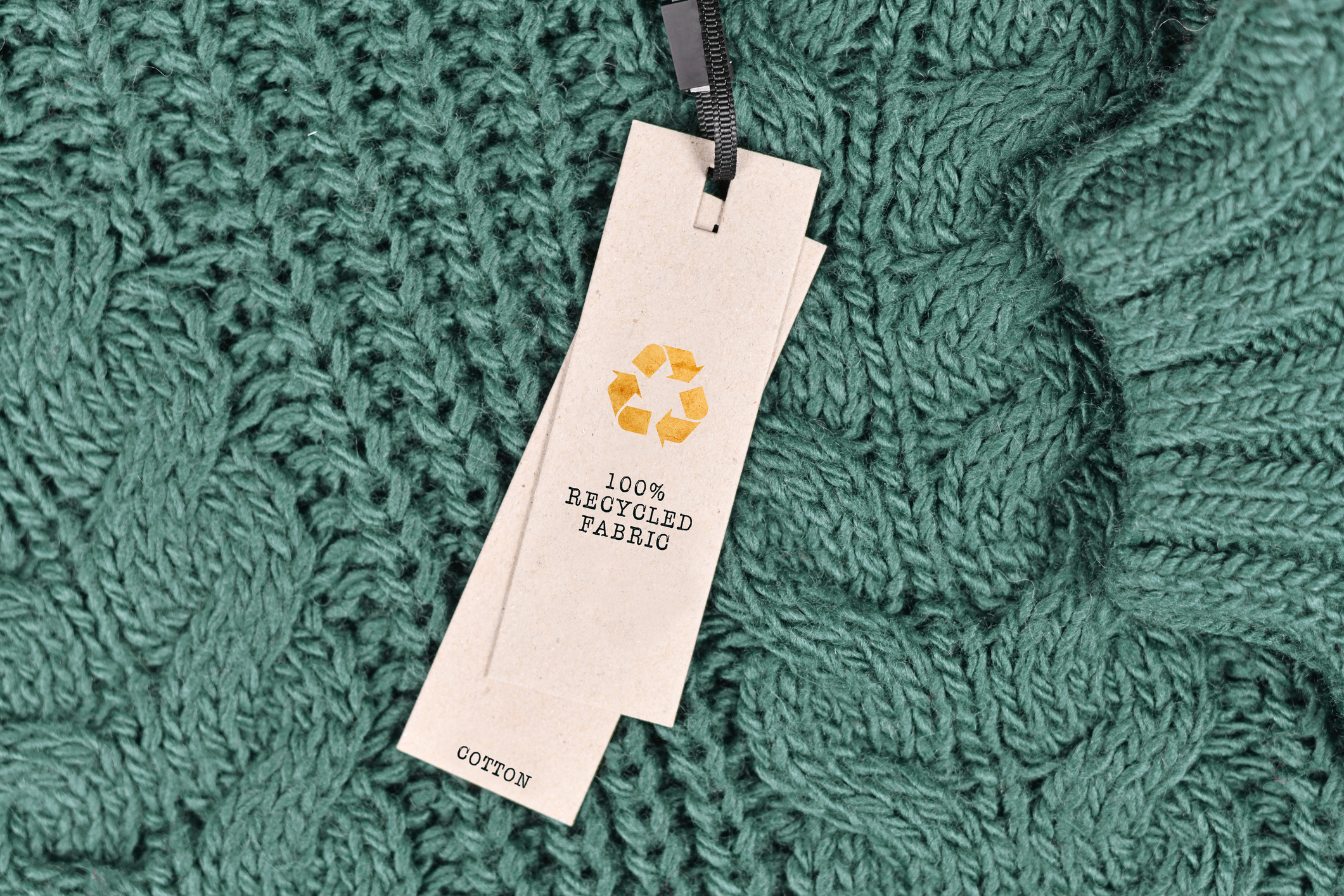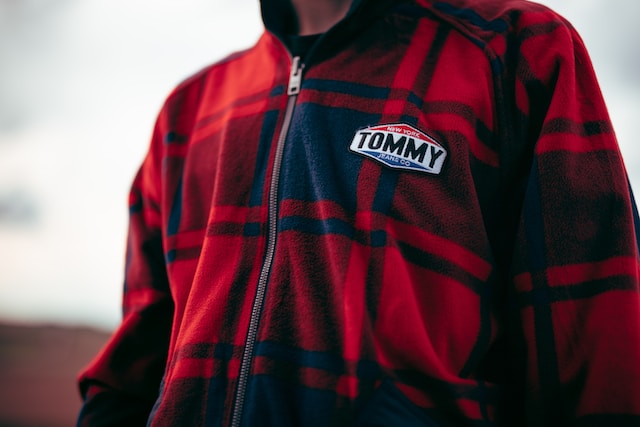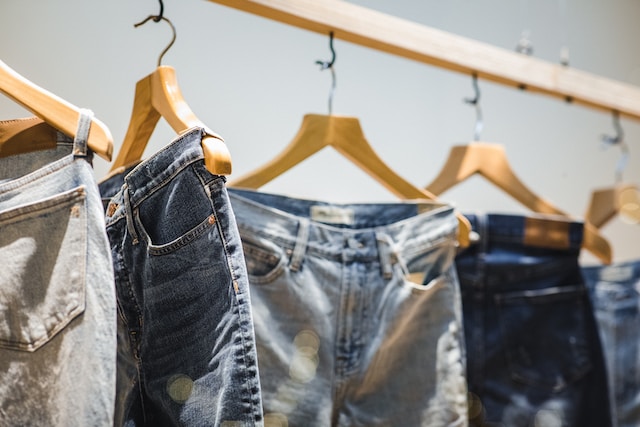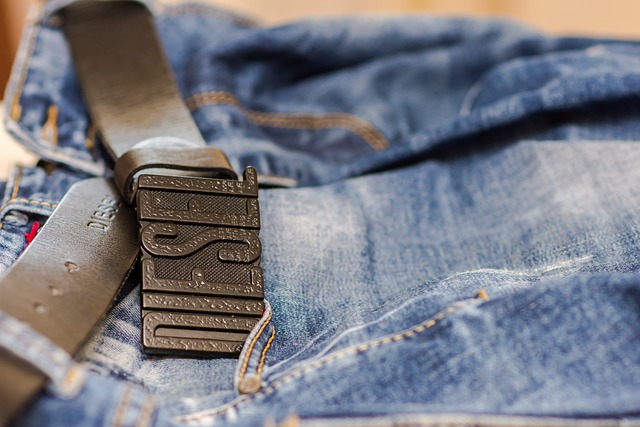Fast fashion is a common concept which allows people to keep up with the latest fashion trends. It’s become increasingly popular since the late 1990s or early 2000s, but in recent years, consumers and companies have started to wake up to the true cost of fast fashion.
To help create a more sustainable fashion industry, many fashion brands are steering away from fast fashion to help the environment.
Women’s fashion brand Zady has been pushing for transparency and sustainability since its launch in 2013, but many older established brands were slow to follow suit.
Here at Loofes, we want to shine a spotlight on five men’s clothing brands that are making significant strides and commitments to move away from the fast fashion model. Any men who care where and how their clothing is made should have these brands in their wardrobes.
Table of contents
- What is sustainability in fashion?
- Evolution of sustainable fashion
- 5 men’s clothing brands to have in your wardrobe
- Add sustainable fashion to your wardrobe with Loofes
What is sustainability in fashion?
The term sustainable fashion comes from the principle that clothing and accessories should be created sustainably without negatively impacting the environment.
Sustainable fashion can be achieved using recycled and upcycled materials to manufacture products. Materials such as wool, silk, and bio-based materials are essential for sustainable fashion.
Around 97% of materials used in clothing manufacturing are new, which results in used materials going to waste. One cotton t-shirt uses 2,700 litres of water in production, which is why sustainable fashion significantly reduces water consumption and water pollution.
Sustainable fashion is responsible for helping to reduce carbon emissions and global water pollution. Fashion brands that use sustainable practices reuse materials to lessen the use of natural resources.
Companies in the fashion industry that opt to create sustainable fashion also have an obligation to manage various social issues. Companies are expected to provide workers with a fair wage and good working conditions.
Evolution of sustainable fashion
Sustainable fashion is becoming popular as more fashion brands integrate sustainability into the centre of their business. Fashion brands adopt sustainability to help protect the planet from environmental problems such as carbon emissions and water pollution.
Brands can also reduce their carbon footprint by adopting sustainability. Sustainable fashion has grown over the years, but where exactly did sustainable fashion start?
The first instance of sustainable fashion came in the 1960s, known as the hippie revolution, as hippies saw themselves as anti-establishment and rebellious.
Hippie fashion involved clothing, such as kaftans and tunics that would be considered bizarre today. Hippie clothing was made with eccentric patterns and colourful fabric, while brands and designers used more natural fabrics.
The hippie revolution was quickly followed by the goth and punk movements in the 1970s and 80s, where traditional fashion was rejected, and unique second-hand garments were favoured. Both movements were against the ideas of consumerism and traditional fashion, instead opting to upcycle clothing and don vintage clothing.
The WFTO and CCC
In 1989, the World Fair Trade Organisation (WFTO) and Clean Clothes Campaign (CCC) were formed. The WFTO was created to allow economically marginalised farmers and producers to improve their communities and livelihoods.
The WFTO consists of 401 organisations worldwide committed to global issues. All WTFO members are expected to follow the 10 Principles of Fair Trade, to ensure that they put the planet and people first.
WTFO members must give their workers the best working conditions possible and conduct trade fairly. The 10 Principles of Fair Trade ensures that WTFO members maximise using raw materials from sustainable sources while reducing energy consumption.
The CCC was founded in the Netherlands to ensure everyone in the global fashion and sportswear industry can enjoy, improve and defend their human rights. Linking various networks in the fashion industry, the CCC identifies local objectives and problems before turning them into global actions.
Democratisation in fashion
In the 1990s, fast fashion became more popular than ever. A rise in offshore manufacturing made fashion more accessible at affordable prices. Production and consumption grew exponentially, paving the way for the birth of fast fashion.
More initiatives are formed
The Global Reporting Initiative (GRI) was founded in 1997 to ensure that organisations make decisions that benefit everyone socially, environmentally and economically. In 2002, the Global Organic Textile Standard (GOTS) was formed to introduce high processing standards.
The GOTS ensures that organic fibres are safe, high-quality and sustainable for consumers. The Sustainable Apparel Coalition (SAC), founded in 2009, is a global association containing over 200 members who share the goal of creating a textiles industry that is environmentally sound and beneficial to people and communities.
Making fashion more sustainable
The Ellen MacArthur Foundation was launched in 2010 to popularise circular economies. The foundation partners with several fashion brands to help transition a linear economy into a circular economy.
The Alliance for Sustainable Fashion and Common Objective, founded in 2011 and 2016, respectively, were formed to ensure that fashion brands and manufacturers halt their environmentally and socially destructive operations and work sustainably.
The Ellen MacArthur Foundation formed the Global Commitment programme to help restrict plastic pollution directly at the source, which saw over 500 companies join. The programme looks to eradicate the unnecessary use of plastic and reuse or recycle plastic when possible.
All the initiatives and foundations formed were just some of the major steps towards making the fashion industry more sustainable. Fast fashion is still popular; however, the initiatives in place have seen a rise in the awareness of slow fashion.
Making the fashion industry sustainable is integral for a positive global impact at social, economic and environmental levels.
5 men’s clothing brands to have in your wardrobe
With sustainable fashion on the rise, many fashion brands are doing their part to help the environment by making more sustainable clothing. Read on to see five sustainable men’s clothing brands you should have in your wardrobe.
Tommy Hilfiger
Founded in 1985 by its namesake, Tommy Hilfiger is an American fashion staple that manufactures high-end clothing with a classic Americana feel. One of the most recognised fashion brands in the world, Tommy Hilfiger, aims to reduce its environmental impact by opting for sustainability.
Tommy Hilfiger adopts a circular economy approach to limit their water and carbon footprint when making their products. All products are created with materials from regenerative or recycled sources.
The brand believes its products should be part of a sustainable loop, where the materials come from sources that contribute to systems which can replenish themselves.
In 2019, the brand made its first pair of 100% recycled jeans. The product was created with leftover cotton scraps and recycled plastic bottles. In addition to this, Tommy Hilfiger’s 2019 and 2020 collections were crafted with 100% recycled cotton.
Jack Wolfskin
Ulrich Dausien founded Jack Wolfskin in 1981, and since then, the company has become one of the most popular fashion brands that produce outdoor clothing. The company uses eco-friendly materials as they are determined to reduce its carbon footprint and become more sustainable.
Jack Wolfskin takes the welfare of animals extremely seriously. No real fur or leather from endangered species is used in Jack Wolfskin products.
Angora wool is never used by the brand, as the animals are often kept in poor conditions. Jack Wolfskin uses down and merino wool which has only been ethically sourced to maintain the welfare of animals.
All recycled materials used by Jack Wolfskin are certified by the Global Recycled Standard. Jack Wolfskin products only contain 100% organic cotton which comes from a certified ecological source. Jack Wolfskin clothing and equipment is PFC and PVC-free to limit the harmful impact of these on the environment.
Update your wardrobe with a comfortable Jack Wolfskin sweatshirt to keep yourself warm, or get yourself ready for summer with high-quality Jack Wolfskin shorts and t-shirts.
Levi’s
Founded in 1853 by Levi Strauss and David Stern, Levi’s is known worldwide for manufacturing denim products, particularly jeans. The company is adopting several measures to become more sustainable and make a positive environmental impact.
Levi’s sustainability plan focuses on three key pillars; climate, consumption and community. Levi’s introduced a Water<Less flagship initiative in 2011, which saved 13 billion litres of water as of 2020.
Recycle and Reuse guidelines were established to ensure facilities recycle more than 20% of the water used in manufacturing. Levi’s also reduced natural gas use and modernised heat production to create more energy-efficient factories.
The company introduced a Worker Well-being initiative to support financial empowerment and improve health and safety. Workers are offered several employee programmes and resources to help them build skills.
Levi’s’ Buy Better, Wear Longer campaign in 2021 encourages more conscious decisions when buying products and aims to limit the use of resources used in production.
Napapijri
Napapijri was founded by Giuliana Rosset in 1987 and is known for its specialist outdoor clothing. The company has adopted sustainability as the heartbeat of its design philosophy by implementing innovative solutions to make a positive environmental impact.
The company helps to maintain the health of ecosystems, soils and people by using organically grown cotton fibres. Napapijri clothing uses no poly-fluorinated chemicals in its products which are resistant to all kinds of weather.
The brand designed its unique Thermo-fibre animal-free insulation after they decided to ban the use of fur in its products in 2015.
Diesel
Best known for its production of denim clothing, Diesel was founded in 1978 by Renzo Rosso. Diesel’s For Responsible Living strategy is set around tackling the fashion industry’s social, environmental and economic impacts.
Diesel sources lower-impact materials and looks to use only recycled or certified organic materials in its products. In 2021, approximately 73% of all cotton used by Diesel was organic or recycled.
Diesel is looking to switch all its B2B plastic polybags to 100% recycled polyethylene and is committed to removing all single-use plastic packaging by 2025. Diesel collaborates with several organisations, such as The Fashion Pact and the Leather Working Group, to support protecting and restoring the environment.
Add sustainable fashion to your wardrobe with Loofes
The brands mentioned above are just some of the high-quality, sustainable mens clothing brands that contribute to sustainable fashion.
Slow fashion is becoming a norm, and its positive impact at environmental and social levels is just one of the reasons you should opt for more sustainable apparel.Why not start making your wardrobe more sustainable by browsing the latest range of Diesel Men’s T-shirts or Tommy Hilfiger Men’s socks?

